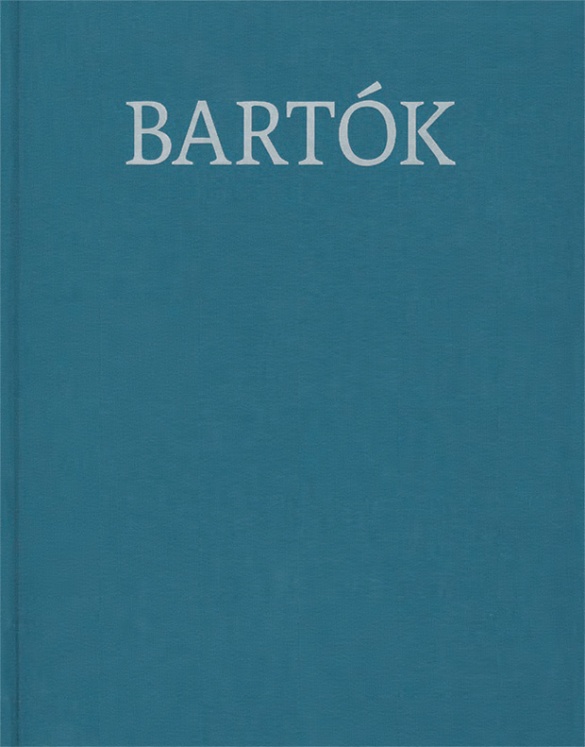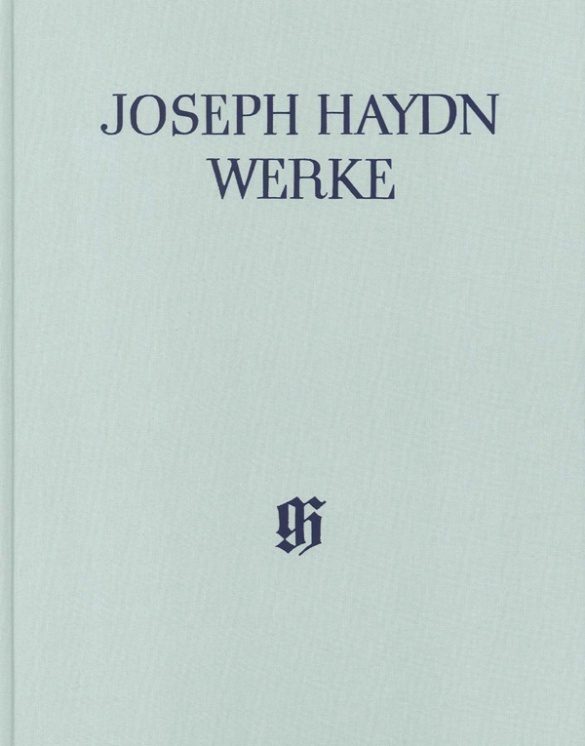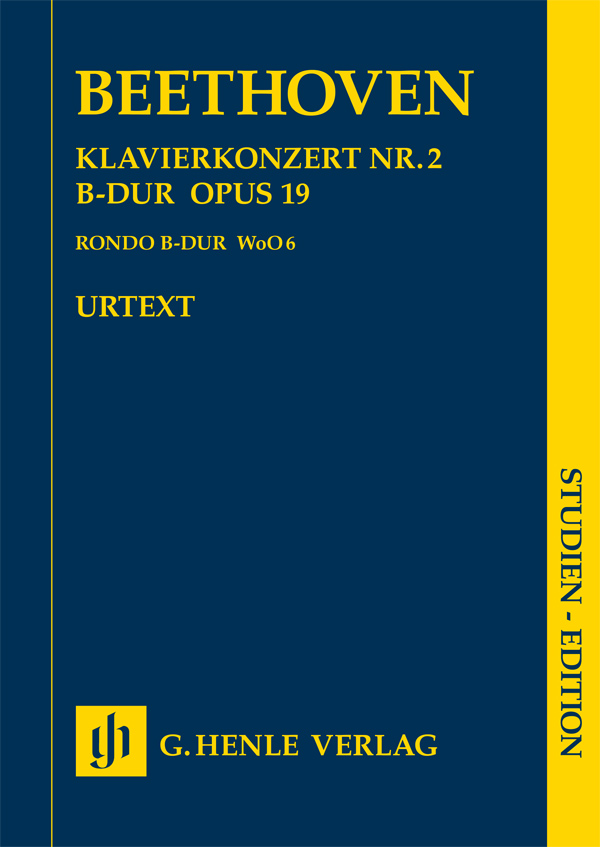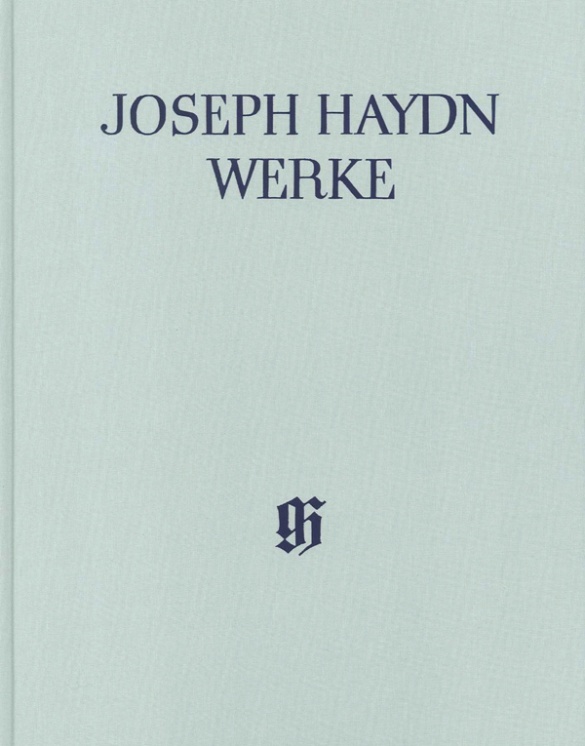Béla Bartók
Vol. 24 | Concerto for Orchestra
The Béla Bartók Complete Critical Edition is a joint project of G. Henle Publishers, Munich, and Editio Musica Budapest. The volume at hand was edited by Klára Móricz. With the publication of the Concerto for Orchestra the score for one of Bartók’s most important orchestral works is now available. The genesis of this work that Bartók wrote during the last part of his life under special circumstances is described in the introduction, making it very worthwile to read. The critical commentary documents the compositional process in detail, and also contains transcriptions of the extensive sketches.
Content/Details
About the Composer
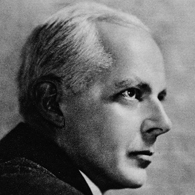
Béla Bartók
This composer, who numbers among the most important musical figures in the first half of the twentieth century, is known principally for his research into Hungarian folk music, the elements of which he incorporated into his style. His broad oeuvre includes numerous works for orchestra, piano, and chamber ensembles, as well as choral music; songs with piano accompaniment; and an opera.
| 1881 | Born in Nagyszentmiklós on March 25. First piano instruction from his mother. |
| 1893–ca. 1896 | Piano studies with László Erkel in Pressburg (Bratislava). |
| 1899–1903 | Studies piano and composition at the Budapest Academy of Music. Symphonic poem “Kossuth” in 1903. |
| from 1905 | Together with Zóltan Kodály he begins scientific field research into Hungarian folk music and thereby refutes conventional notions. He becomes acquainted with the music of Debussy. |
| 1905–07 | Suite No. 2, Op. 4, for small orchestra. |
| 1907–34 | Professor of piano in Budapest. |
| 1908–09 | “For Children,” 85 transcriptions of folk songs for piano, later only 79. |
| 1915–17 | String Quartet No. 2, Op. 17, with percussive playing techniques. |
| 1917 | Premiere of his ballet “The Wooden Prince.” |
| 1918 | Premiere of “Bluebeard’s Castle,” Op. 11 (composed 1911), partially based on the sounds of French music. |
| 1920 | Improvisations on Hungarian Peasant Songs, Op. 20. |
| 1926 | Performance of the pantomime “The Miraculous Mandarin.” Piano cycle “Out of Doors.” |
| 1926–39 | “Mikrokosmos” for piano (six volumes). |
| from 1934 | Editor of the complete edition of Hungarian folk music. |
| 1936 | Music for Strings, Percussion and Celesta as avant-garde work. |
| 1937–38 | Concerto (No. 2) for violin and orchestra. |
| 1940 | Emigrates to the United States. |
| 1945 | Piano Concerto No. 3; his concerto for viola remains unfinished. Death in New York on September 26. |
Product Safety Informations (GPSR)

G. Henle Verlag
Here you can find the information about the manufacturer of the product.G. Henle Verlag e.K.
Forstenrieder Allee 122
81476 München
Germany
info@henle.de
www.henle.com
Die von Klára Móricz mit größter Kompetenz, bewundernswerter Sorgfalt und Umsicht erarbeitete Edition des Concerto for Orchestra, gewiss eines der epochalen Orchesterwerke der Zeit (1943), das fest im Repertoire verankert ist, entspricht den Standards solcher unglaublich aufwändigen, arbeitsintensiven Editionen, die sowohl für die musikalische Praxis als auch für die Wissenschaft Grundlegendes leisten ...
Die Tonkunst, 2019推荐
autogenerated_cross_selling
本书目其他版本


